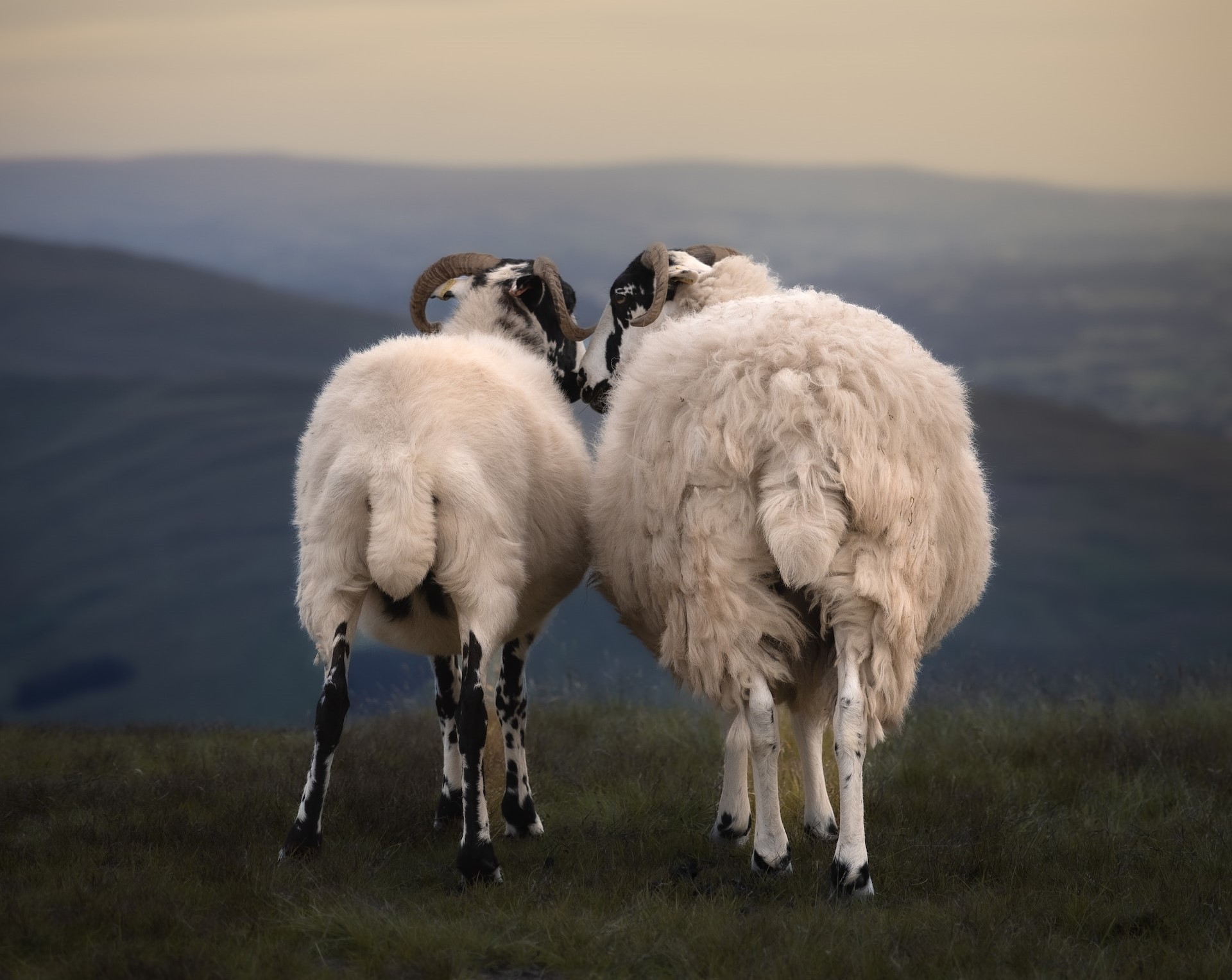
Blog written by Rob Purdew and Hannah Jones
In the absence of sophisticated pharmaceuticals and feed blends, local breeds were historically adapted to their local environment. These adaptations included the ability to withstand weather extremes, the local pest or parasite burden, and the ability to finish on local, often low quality, forage. Local breeds, from Herdwick to Norfolk Horns, were selected for generations and identified as the most efficient livestock for their specific set of conditions.
On the cliff tops of Cornwall, highland cattle are the one of the stalwart cattle breeds for scrub management, where season long grazing results in an average 0.5kg growth rate a day. The same animal in a shed with silage and a more tailored ration will continue to grow at 0.5kg per day with much higher associated costs. Unpicking the carbon footprint integrates the sequestration potential of that scrub, soil management, no bought in feed and the added benefit of habitat provision. The animals may finish older, but as I was told once by a farmer “go for optimum not maximum”, in the scrub environment the highlands were profitable.
A recent event at Trefranck farm, showcasing the innovative work between Matt and Pip Smith with the Castle Vets and Moredun research (funded by Innovate UK) has brought another exciting perspective on sustainability, through the breeding of worm tolerance in Romney sheep. With a careful eye on welfare throughout the project, the first insights into breeding for tolerance to worm load has been unpicked.
Tolerance to worm burden is defined as the ability of a lamb to maintain weight gain irrespective of worm burden. Those lambs with the desirable genetics showed the least growth penalty in the presence of an average worm burden. A comparison of finishing time showed that there was a 10 day difference between the least and the most tolerant lambs. When extrapolated across a whole flock this represents a significant reduction in both forage costs and carbon footprint. This research is driven by the need to address the huge problem of anthelmintic resistance found in roundworms in UK sheep populations, and further incorporates guidelines on targeted selective treatment to ensure the selection of resistant worms in pastures is impeded. Good breeding, alongside good management of pasture environment and animal movement will improve welfare and reduce loss of productivity from worm burden.
Reducing overheads, and your carbon footprint can be achieved by doing the basics – the right breed in the right environment – and doing it really well.

